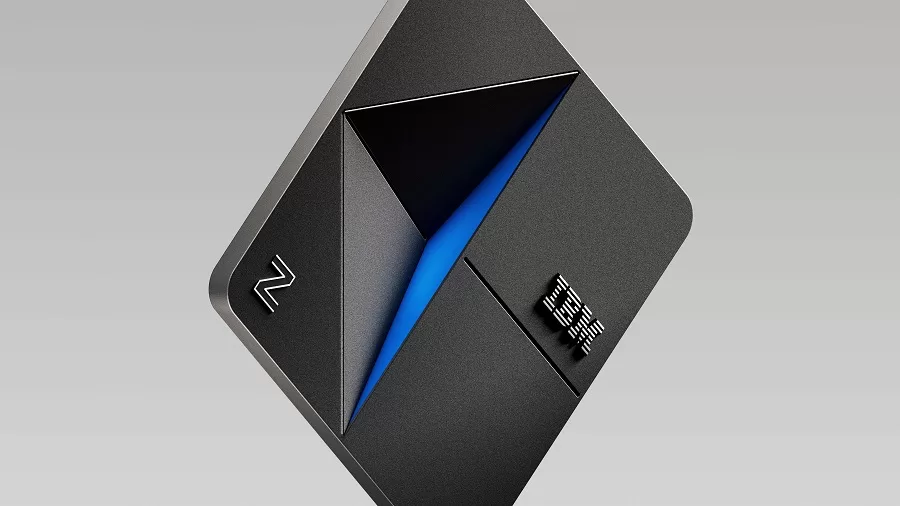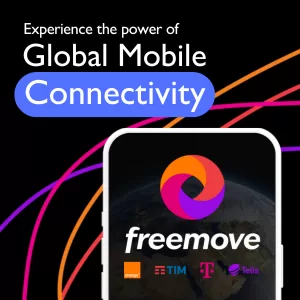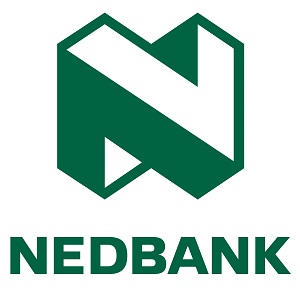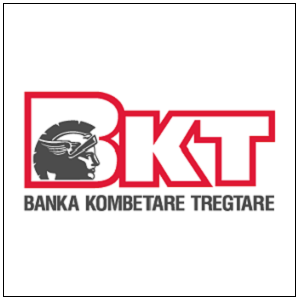Technology
IBM Unveils Z17: A Next-Gen Mainframe Built for the AI Era

- IBM launched the z17 mainframe to enable substantial adoption of AI in enterprises by providing faster performance, increased energy efficiency, and more significant support for more than 250 AI use cases.
- As IBM builds on Telum II with AI accelerator chips, the Z17 is structured with thoughts for future AI agility and already offers 50% more processing power than its predecessor.
IBM introduced its new-age mainframe, the z17, on Monday, April 7, 2025, to drive enterprise computing ahead. It is well designed to implement AI among a wide variety of industries and demonstrates high performance. These reasons justify the consolidation of mainframes, although the industry perception is somewhat tainted by the stereotyped vision of mainframes as relics. They are very much alive and well today. Around 71% of Fortune 500 companies perform many of their most critical functions through their mainframe systems. The approximately US$ 5.3 billion mainframe market seems to hold great potential; it is poised to last for many years, according to industry experts.
Built for the AI Age
IBM z17 is no ordinary mainframe. It’s powered by IBM’s brand-new Telum II processor and set to support over 250 AI use cases that include AI agents and generative AI tools. That imparts to enterprises the opportunity to unleash compelling AI applications directly on the mainframe without being involved with separate infrastructure.
Compared with its predecessor, the IBM z16, which was made available in 2022, the IBM z17 delivers a 50% upsurge in performance. It processes up to 450 billion inference operations in a single day, which is an incredible leap. Moreover, it seems to play well with existing hardware and software platforms, as well as open-source tools, giving companies room to upgrade whenever at their own pace.
Five Years in the Making
The AI buzz may be new, but IBM’s z17 was in the works long before any hype was initiated. Tina Tarquinio, Vice President of Product Management and Design of IBM Z, confided that IBM had, purely on its own, worked on boosting the machine for a good five years, long before ChatGPT had turned the tech world on its head towards the end of 2022.
More than 100 customer engagements took place in defining what the z17 is today: those feedback mechanisms shaped the IBM design process. Strange that their “voice of the customer”—midway through the process in year one—lined up rather perfectly with the market’s expectations today.
Ready for What’s Next
Built for what comes next, not just for what can be done here and now with AI, comes true. The mainframe is equipped out of the box with 48 IBM Spyre AI accelerators, but the system could scale to 96 within the space of a year. This gives businesses more than plenty of room for the latest and growing AI models and apps.
“We’re purposely building in AI agility,” Tarquinio explained. “We know the models will change, grow larger, and require more memory. We’ve designed the Z17 with that in mind.”
This adaptability is what appears to set the z17 apart, allowing businesses to scale their AI capabilities without needing to constantly reboot their software.
Smarter and Greener
The Telum II processor and Spyre accelerators of z17 provide better performance with less energy consumption in competition. Its performance increases, the energy efficiency is improved, and the sustainability promotion fosters integration for AI-focused enterprise tools.
When Can You Get It?
The Z17 will be available on June 8, 2025. IBM’s advanced AI solutions are reinventing enterprise computing for the AI era, rather than simply renewing outdated technology. This might be an excellent improvement for firms looking for cutting-edge AI technology without losing reliability or security.



















































